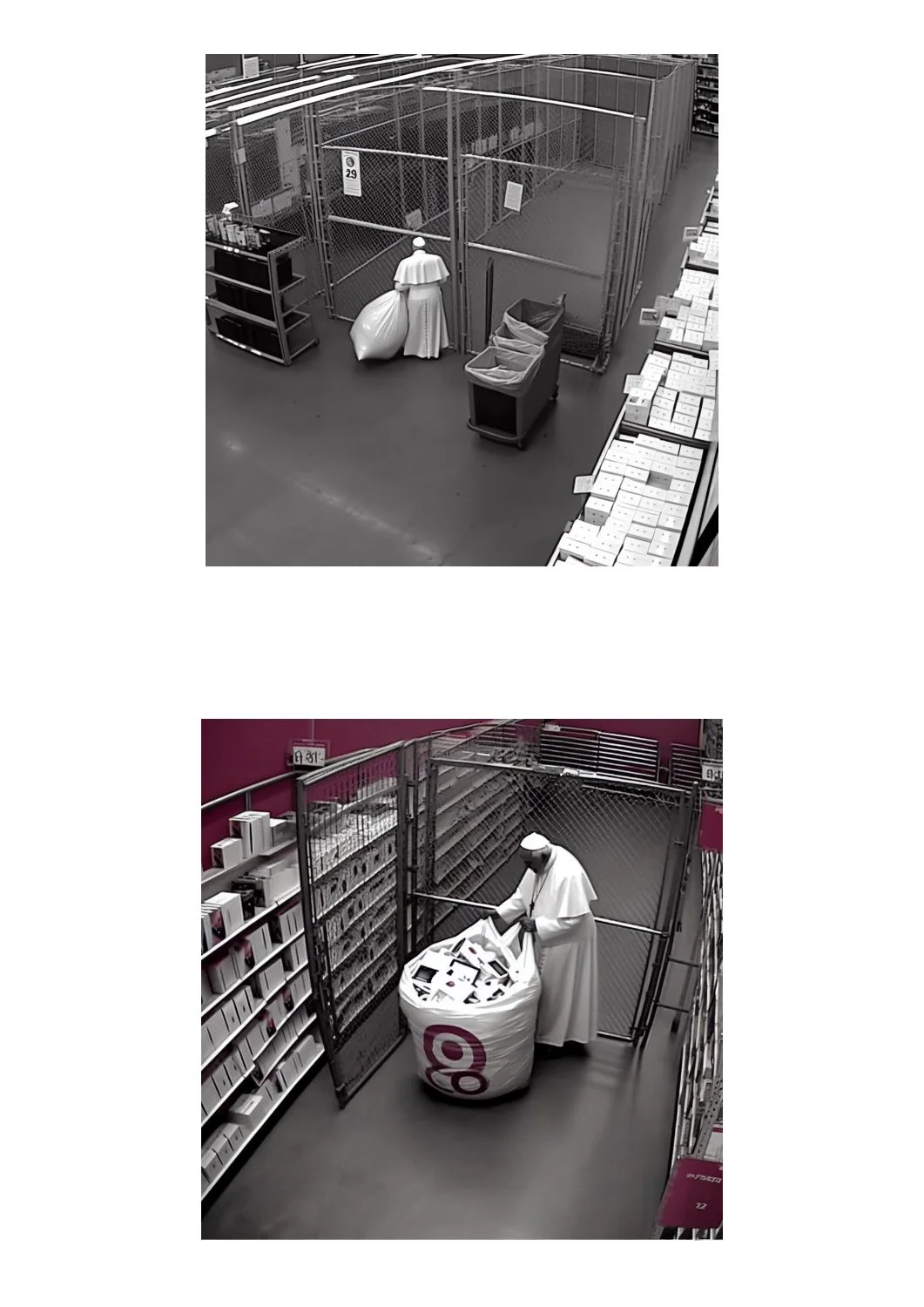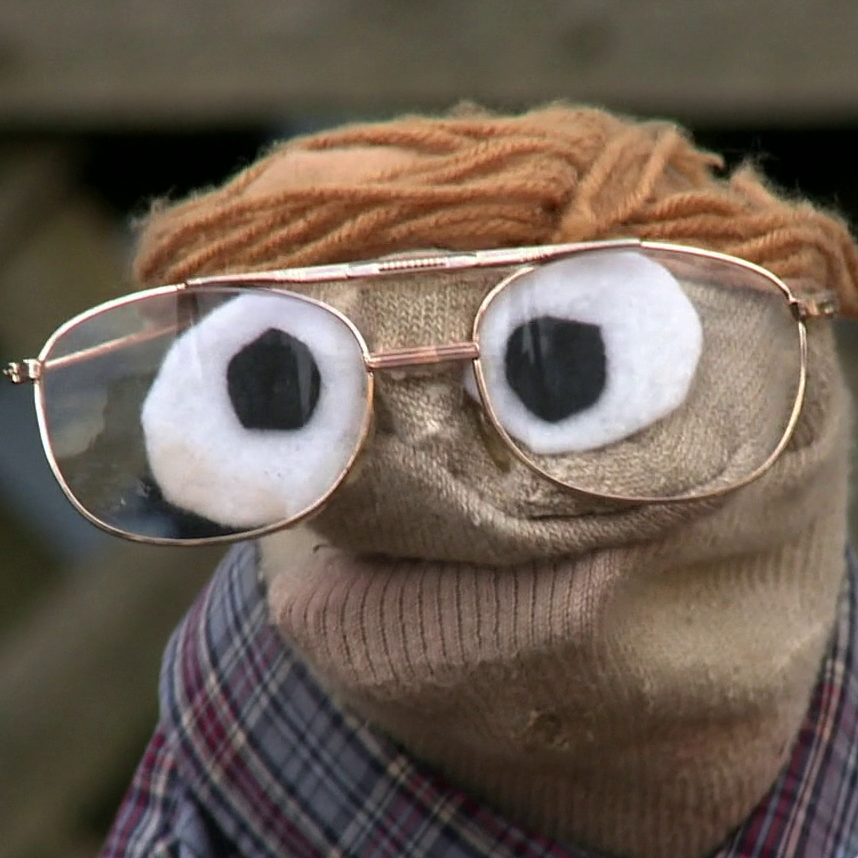- cross-posted to:
- techtakes@awful.systems
- cross-posted to:
- techtakes@awful.systems
A judge in Washington state has blocked video evidence that’s been “AI-enhanced” from being submitted in a triple murder trial. And that’s a good thing, given the fact that too many people seem to think applying an AI filter can give them access to secret visual data.
If you ever encountered an AI hallucinating stuff that just does not exist at all, you know how bad the idea of AI enhanced evidence actually is.
Everyone uses the word “hallucinate” when describing visual AI because it’s normie-friendly and cool sounding, but the results are a product of math. Very complex math, yes, but computers aren’t taking drugs and randomly pooping out images because computers can’t do anything truly random.
You know what else uses math? Basically every image modification algorithm, including resizing. I wonder how this judge would feel about viewing a 720p video on a 4k courtroom TV because “hallucination” takes place in that case too.
There is a huge difference between interpolating pixels and inserting whole objects into pictures.
Both insert pixels that didn’t exist before, so where do we draw the line of how much of that is acceptable?

Why not make it a fully AI court and save time if they were going to go that way. It would save so much time and money.
Of course it wouldn’t be very just, but then regular courts aren’t either.
In the same vein Bloomberg just did a great study on ChatGPT 3.5 ranking resumes and it had an extremely noticeable bias of ranking black names lower than the average and Asian/white names far higher despite similar qualifications.
Archive source: https://archive.is/MrZIm
Perfect, a drop-in replacement!
Imagine a prosecution or law enforcement bureau that has trained an AI from scratch on specific stimuli to enhance and clarify grainy images. Even if they all were totally on the up-and-up (they aren’t, ACAB), training a generative AI or similar on pictures of guns, drugs, masks, etc for years will lead to internal bias. And since AI makers pretend you can’t decipher the logic (I’ve literally seen compositional/generative AI that shows its work), they’ll never realize what it’s actually doing.
So then you get innocent CCTV footage this AI “clarifies” and pattern-matches every dark blurb into a gun. Black iPhone? Maybe a pistol. Black umbrella folded up at a weird angle? Clearly a rifle. And so on. I’m sure everyone else can think of far more frightening ideas like auto-completing a face based on previously searched ones or just plain-old institutional racism bias.
just plain-old institutional racism bias
Every crime attributed to this one black guy in our training data.
No computer algorithm can accurately reconstruct data that was never there in the first place.
Ever.
This is an ironclad law, just like the speed of light and the acceleration of gravity. No new technology, no clever tricks, no buzzwords, no software will ever be able to do this.
Ever.
If the data was not there, anything created to fill it in is by its very nature not actually reality. This includes digital zoom, pixel interpolation, movement interpolation, and AI upscaling. It preemptively also includes any other future technology that aims to try the same thing, regardless of what it’s called.
It preemptively also includes any other future technology that aims to try the same thing
No it doesn’t. For example you can, with compute power, for distortions introduced by camera lenses/sensors/etc and drastically increase image quality. For example this photo of pluto was taken from 7,800 miles away - click the link for a version of the image that hasn’t been resized/compressed by lemmy:

The unprocessed image would look nothing at all like that. There’s a lot more data in an image than you can see with the naked eye, and algorithms can extract/highlight the data. That’s obviously not what a generative ai algorithm does, those should never be used, but there are other algorithms which are appropriate.
The reality is every modern photo is heavily processed - look at this example by a wedding photographer, even with a professional camera and excellent lighting the raw image on the left (where all the camera processing features are disabled) looks like garbage compared to exactly the same photo with software processing:

None of your examples are creating new legitimate data from the whole cloth. They’re just making details that were already there visible to the naked eye. We’re not talking about taking a giant image that’s got too many pixels to fit on your display device in one go, and just focusing on a specific portion of it. That’s not the same thing as attempting to interpolate missing image data. In that case the data was there to begin with, it just wasn’t visible due to limitations of the display or the viewer’s retinas.
The original grid of pixels is all of the meaningful data that will ever be extracted from any image (or video, for that matter).
Your wedding photographer’s picture actually throws away color data in the interest of contrast and to make it more appealing to the viewer. When you fiddle with the color channels like that and see all those troughs in the histogram that make it look like a comb? Yeah, all those gaps and spikes are actually original color/contrast data that is being lost. There is less data in the touched up image than the original, technically, and if you are perverse and own a high bit depth display device (I do! I am typing this on a machine with a true 32-bit-per-pixel professional graphics workstation monitor.) you actually can state at it and see the entirety of the detail captured in the raw image before the touchups. A viewer might not think it looks great, but how it looks is irrelevant from the standpoint of data capture.
They talked about algorithms used for correcting lens distortions with their first example. That is absolutely a valid use case and extracts new data by making certain assumptions with certain probabilities. Your newly created law of nature is just your own imagination and is not the prevalent understanding in the scientific community. No, quite the opposite, scientific practice runs exactly counter your statements.
No computer algorithm can accurately reconstruct data that was never there in the first place.
Okay, but what if we’ve got a computer program that can just kinda insert red eyes, joints, and plums of chum smoke on all our suspects?










